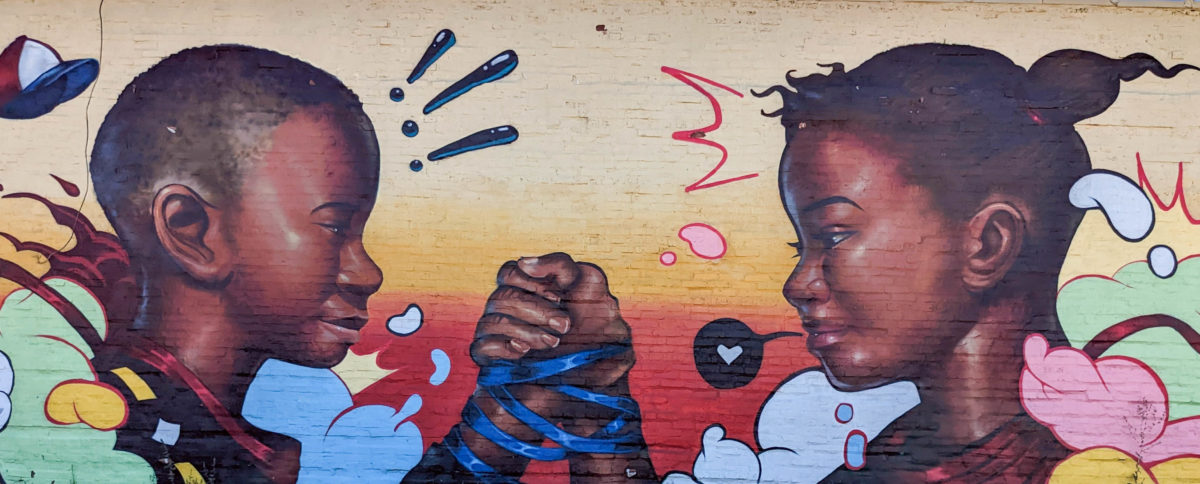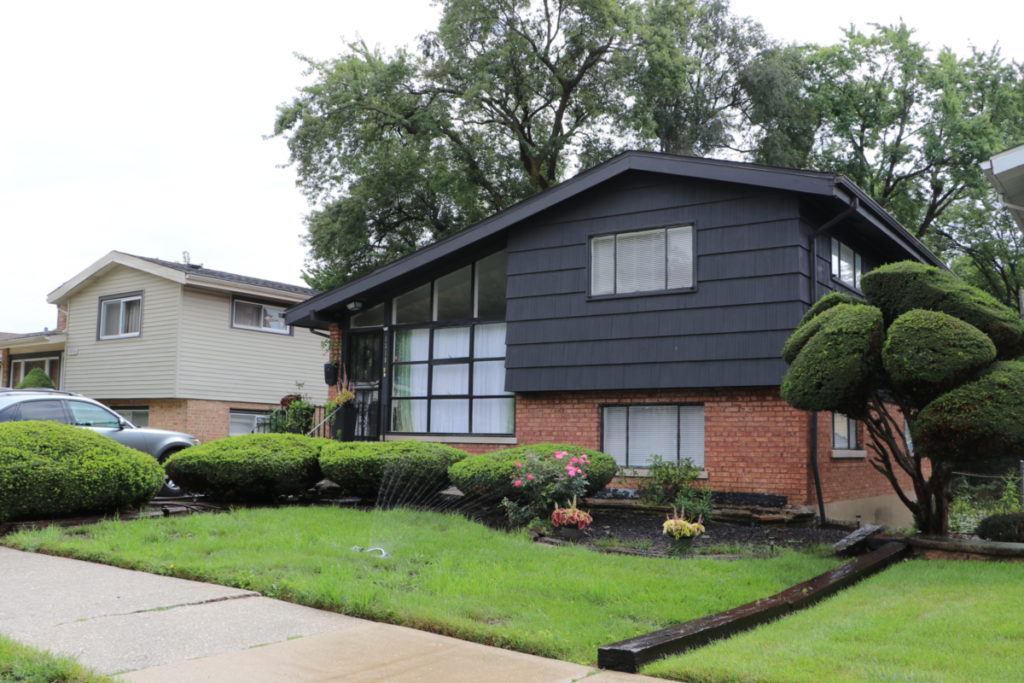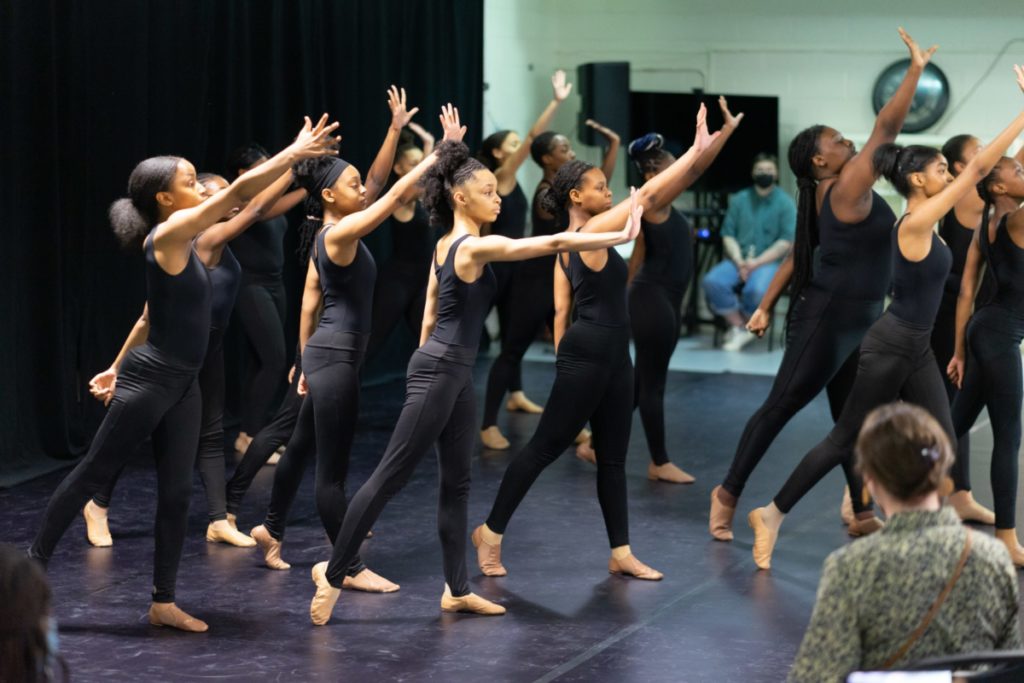- Best Fifties-Inspired Suburb in City: Marynook
- Best at Bringing the Community Together One Block at a Time: Lisa Davis
- Best at Helping Develop Generations of Happy Feet: Mayfair Arts Center
“I moved to Chicago because I had to get out of Alabama,” said Mrs. Beatta Petty, who moved to Avalon Park in December 1975.
“I loved the East Side of Chicago, and I loved this particular area because of all the Black-owned businesses…. The Nation of Islam, Mosque Maryam, was right down at Stony Island. The Shabazz Restaurant on Cottage Grove, where the senior citizens building is right now. Down at 87th Street, 79th Street, over east, Black-owned stores and restaurants. So that’s where I wanted to be, because in the South, I had been a part of the Civil Rights Movement. We were integrating schools, and I went to University of Alabama, and it was a nightmare,” said Petty.
When picking a neighborhood to live in, Petty had specific criteria: she wanted to live in an area that was not going through white flight. “I was looking for a neighborhood that was stable—basically Black, middle class, upper class, because you know, we all lived together.” During the 1970s, Chicago was aggressively segregated, and it was often in the best interest of newly minted Black transplants to seek residence within existing Black neighborhoods for safety reasons. “It didn’t matter if you were a doctor, custodian, we all lived together. That’s how it was in the South. A lot of the neighbors, the people I met were from the South also and had similar values,” Petty said.
Petty also chose Avalon Park because she didn’t want to be around any liquor stores or taverns; the neighborhood was dry from 79th to 87th Street. This was important to her because she didn’t drink. Additionally, it was her experience that taverns and liquor stores could attract people who caused trouble.
Interestingly, this was supposed to be her starter home. However, she decided to stay because life changed.
“I had the coolest neighbors,” said Petty. The women in the center of the block were working women, were older women, and they called her “baby” (which she loved). In the evenings, they would gather on a neighbor’s stoop and tell her stories “about back in the day.” “I learned a lot, and it reminded me of being home in Alabama around my aunts and my grandmother. So because of the neighbors, I got attached, and then of course we had kids, and St. Felicitas [parish and school] was right down the street. There used to be a lot of kids, a lot of boys on this block,” said Petty.
Many of Petty’s original neighbors have since passed. The neighborhood is a bit quieter since many of the residents’ children have grown up and moved out on their own. Despite the changes, Petty, now 72, is still dedicated to preserving her community. She serves as block club president, somewhat of a resident griot, and often a bridge between her neighbors who reside on the block. (As told to Rovetta McKinney by Mrs. Beatta Petty)
Neighborhood captain Rovetta McKinney is a freelance writer who is a lover of culture and travel and enjoys all things creative.



